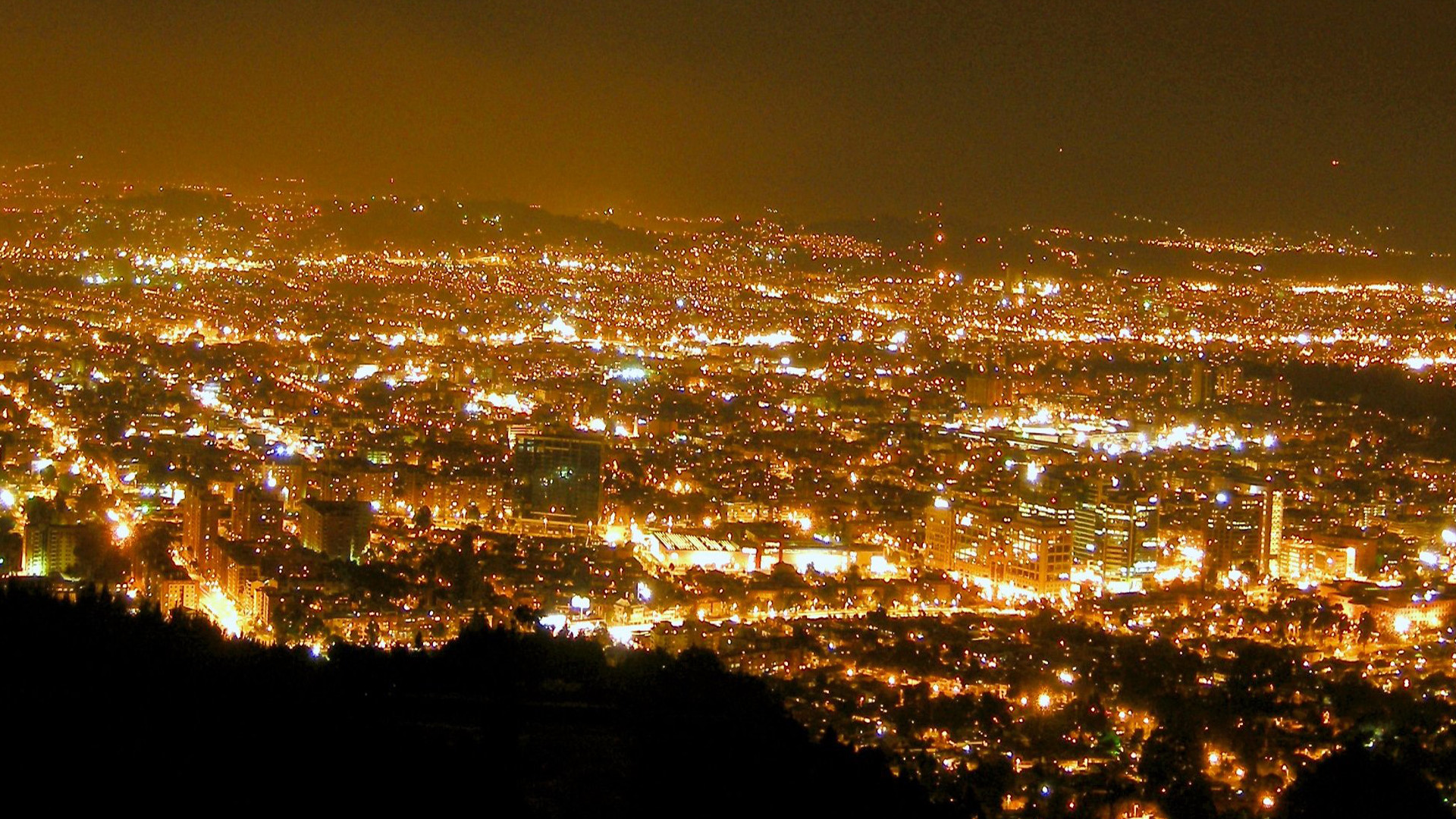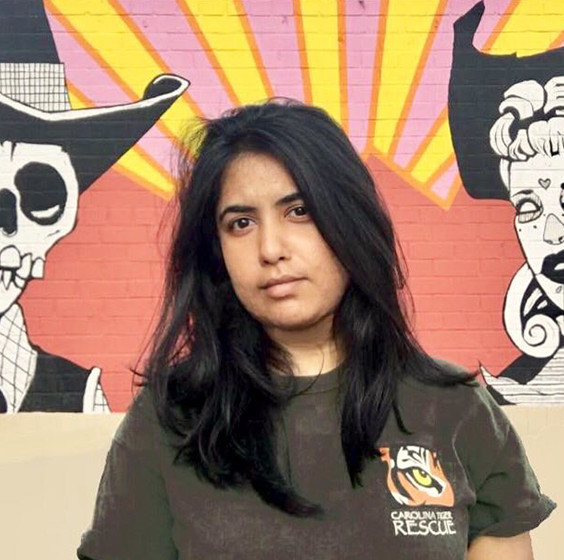The amount of artificial lighting is steadily increasing every year around the planet. It’s a cause for celebration in remote villages in Africa and the Indian sub-continent that recently gained access to electricity for the first time, but it is also harming the health and well-being of residents of megacities elsewhere that continue to get bigger and brighter every year.
Health impacts of this artificial illumination after daylight hours range from depression to cancer, including a range of sleep disorders.
A less tangible effect: 80 percent of people on Earth have lost their view of the natural night sky due to the overpowering glow of artificial lights.
The Revelator analyzed light pollution levels around the world, revealing the planet’s worst affected cities as well as the most light-polluted metropolitan areas, where development is mixed and diffused over massive distances. The areas on our top 10 lists are all well above the global urban average, which you’d find in major American cities like Pittsburgh or Raleigh.
The results on the lists may surprise you. The brightest cities have large populations, of course, but in many areas lighting is also geographically or culturally influenced. For example, cities in northern latitudes, where the sun shines less, or in arid countries, where hot daytime sun inspires more evening activity, are often brightly lit. This means they can outshine the usual light-pollution suspects like New York and Tokyo.
Top 10 Brightest Metropolitan Areas
Compared to the Global Urban Average
10. Miami, USA, 2.6 times brighter
9. Denver-Aurora, USA, 2.7 times brighter
8. Mexico City, Mexico, 2.8 times brighter
7. Detroit, USA, 2.9 times brighter
6. Buenos Aires, Argentina, 3.5 times brighter
5. Toronto, Canada, 3.6 times brighter
4. Chicago, USA, 4.5 times brighter
3. Montréal, Canada, 4.8 times brighter
2. Riyadh, Saudi Arabia, 6.7 times brighter
1. Moscow, Russia, 8.1 times brighter
Top 10 Brightest Cities
Compared to the Global Urban Average
10. Tangier, Morocco, 5.3 times brighter
9. Helsinki, Finland, 5.9 times brighter
8. Medina, Saudi Arabia, 6.0 times brighter
7. Kazan, Russia, 6.1 times brighter
6. Edmonton, Canada, 6.5 times brighter
5. Calgary, Canada, 6.6 times brighter
4. Kuwait City, Kuwait, 7.0 times brighter
3. Chelyabinsk, Russia, 7.1 times brighter
2. Mecca, Saudi Arabia, 7.4 times brighter
1. Saint Petersburg, Russia, 8.1 times brighter
Light pollution isn’t exclusive to the places on these lists. The problem is worldwide. Explore light pollution in this map of the world’s highest populated urban areas and see how they compared to the global urban average.
(Mobile users: click on places to select; desktop users: mouse over places for results. Brightness or radiance is measured in nanoWatts/cm2/sr)
Previously in The Revelator:
Blinded by the Light Pollution – We mapped light pollution from oil and gas fields and found they outshine American cities — and that’s bad news for birds.
Data sources:
- Light pollution data: Version 1 VIIRS Day/Night Band Nighttime Lights for February 2018 by NOAA
- Urban area boundaries: World Urban Areas by ESRI and MODIS land cover for the year 2012 by University of Maryland and NASA
- Largest populated area list: World’s Largest Urban Areas by ESRI based on United Nations figures.
Definitions:
- Urban areas are discrete agglomerations of contiguous “urban and built up” areas identified in satellite land cover data.
This custom data was built to maintain global comparable standards, as the definition of “cities,”, “metropolitan areas,” “urban agglomerations.” etc. vary greatly by regional and global authorities, and even in cultural understanding. - The global urban average is the mean radiance value of all urban areas weighted by their size.
- Cities were classed as urban areas of size under 300 square miles, and metropolitan areas were classed as urban areas of size equal to, or larger than, 300 square miles.
- The most populated places are the 600 urban areas with population 500,000 or more as identified by the United Nations.
Some Vietnamese cities were excluded as light pollution satellite data were not available for them due to persistent cloud cover.
Tools:
- ESRI ArcGIS Pro, CARTO, Apache OpenOffice




2 thoughts on “Big Cities, Bright Lights: Ranking the Worst Light Pollution on Earth”
Comments are closed.